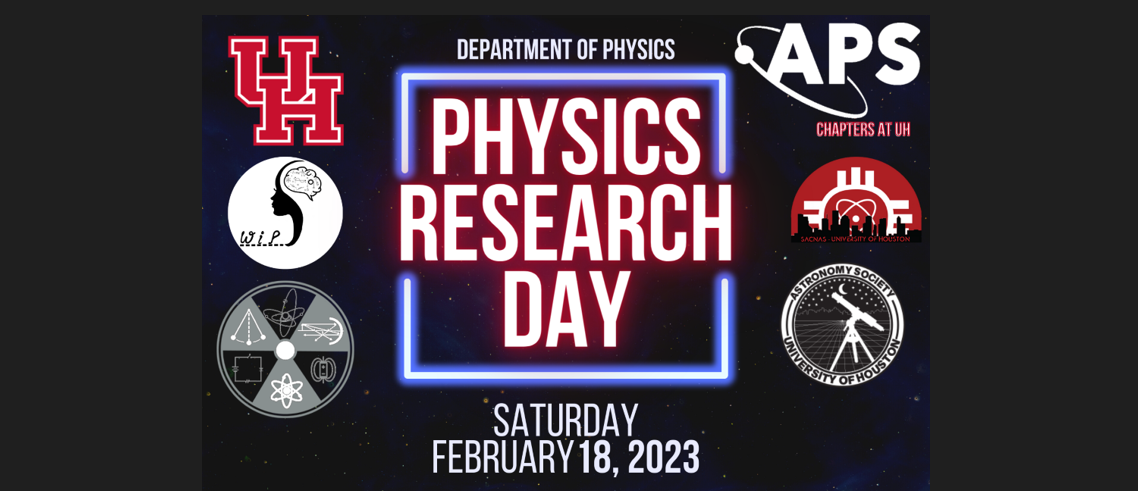Speaker
Description
In an effort to better understand thermal behavior and particle yields in p-p collisions we recast the problem using the language of quantum information. In the last 50 years physicists have used the parton model, very successfully, to describe particle collisions. In the parton model the proton is put into a high momentum frame in which constituents are viewed as quasi-free. However, quantum mechanics tells us that the proton exists in a pure quantum state, characterized by zero von Neumann entropy. This pure state of quasi-free particles can be achieved through entanglement of the proton's constituents. We seek to show that this entanglement in the initial state has a measurable effect on the evolution of the system and is the driving mechanism behind the thermal-like behavior and particle yields observed. Recent studies have demonstrated that entanglement in the initial state could survive in a strongly coupled system. Therefore, we make an entanglement entropy calculation on the initial state of the system using known PDF's and compare this to the entropy of the final state hadrons. We find that when comparing these entropy values, at low $x$ where the used initial entropy formula is valid, they are very similar in magnitude.
| Academic year | 4th year |
|---|---|
| Research Advisor | Rene Bellwied |
